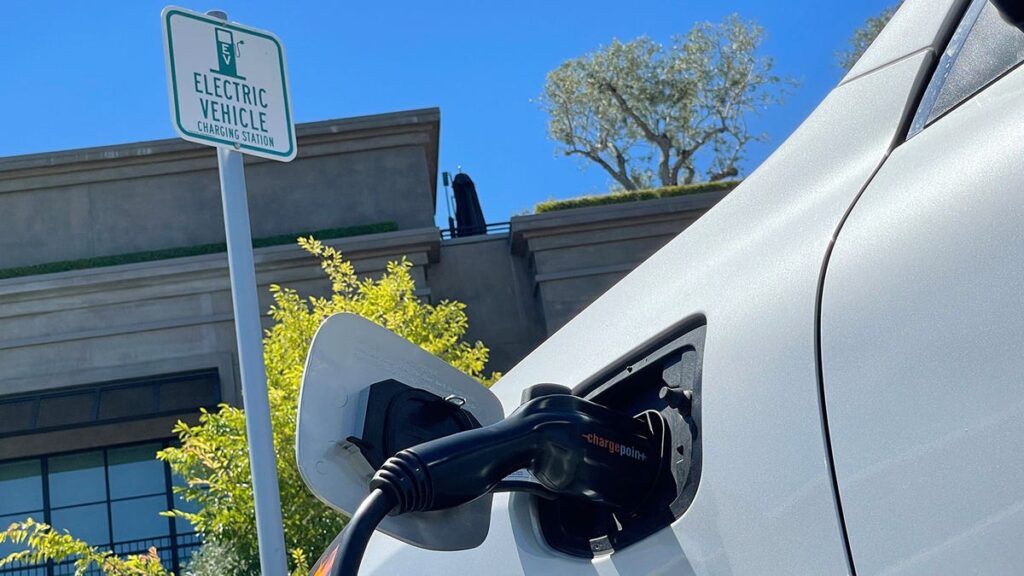EV Rebates in Calfornia Help the Affluent the Most: Study

Tax rebates for electric vehicles are a big deal here in America. After purchasing certain American-made EVs, buyers in the U.S. can claim up to $7,500 towards their car in an attempt to make battery-powered models more accessible for more people. But a new study in California has found that these rebates aren’t necessarily going to the people that might need them the most.
Subaru’s 2.5L Crosstrek
In case you missed it:
According to a report from The New Scientist, the study looked into the distribution of funds that were earmarked for green initiatives in California. It warned that the way this money is distributed across the state would have an impact on the emissions in different locations. In simple terms, this means that half of the state’s EV rebates are going to affluent areas, where the air quality is already higher.
In fact, the team found that just seven percent of California’s EV rebates went to communities that the state classed as “disadvantaged.” In contrast, communities ranked as “least disadvantaged” were handed 46% of the rebates.
This probably comes as no surprise to many, as even with a $7,500 tax break on an electric vehicle, most models are wildly out of the price range for anyone in a low-income household. Sure, that makes the $28,000 Chevrolet Bolt EUV more affordable, but it’s still a lot of money for some people to spend on a car.
Is this what affordability looks like? Photo: Chevrolet
To collect the data required to back up this assumption, researchers from the University of California at Berkeley, the University of North Carolina at Chapel Hill, and the University of Miami collaborated to analyze the distribution of EV rebates issued across California. The team analyzed the locations of more than 400,000 rebates issued by the state since 2010.
After plotting the locations of individuals that had claimed these tax breaks, the researchers then estimated emissions of carbon dioxide, nitrogen oxide and sulfur dioxide, as well as particulate matter (PM2.5) that is emitted by tailpipes.
The research, which was published this week in the PLOS Climate journal, found that emissions were reduced much more in the least disadvantaged communities during the period studied. The state’s disadvantaged communities saw a much smaller reduction in emissions as a result of the pivot to EVs.
The New Scientist reports that particulate emissions fell by almost 1.5 pounds per year during the studied period. This drop was four times greater than in disadvantaged communities studied. In those areas, particulate emissions actually rose by 17 percent.
What’s more, those increases weren’t impacted by changes California made to its EV rebates back in 2016. Seven years ago, the state took steps to limit the high income individuals who could claim the rebate and also increased refunds for low-income households from $2,000 up to $7,500.

Are electric vehicles reserved for the wealthy? Photo: Justin Sullivan (Getty Images)
However, the study found that these changes only had a “marginal” impact on the distribution of incentives.
But there was a stark warning from the study due to another impact of the switch to EVs. While the pivot to EVs helped reduce greenhouse gas emissions during the period, it didn’t hamper particulate matter emissions across the state.
In fact, the researchers found that particulate matter in air samples taken across California actually increased during the sample period. This, the study suggests, was likely due to the particles shed by tires and brakes on EVs, which are under a greater strain due to the heavy battery packs.


